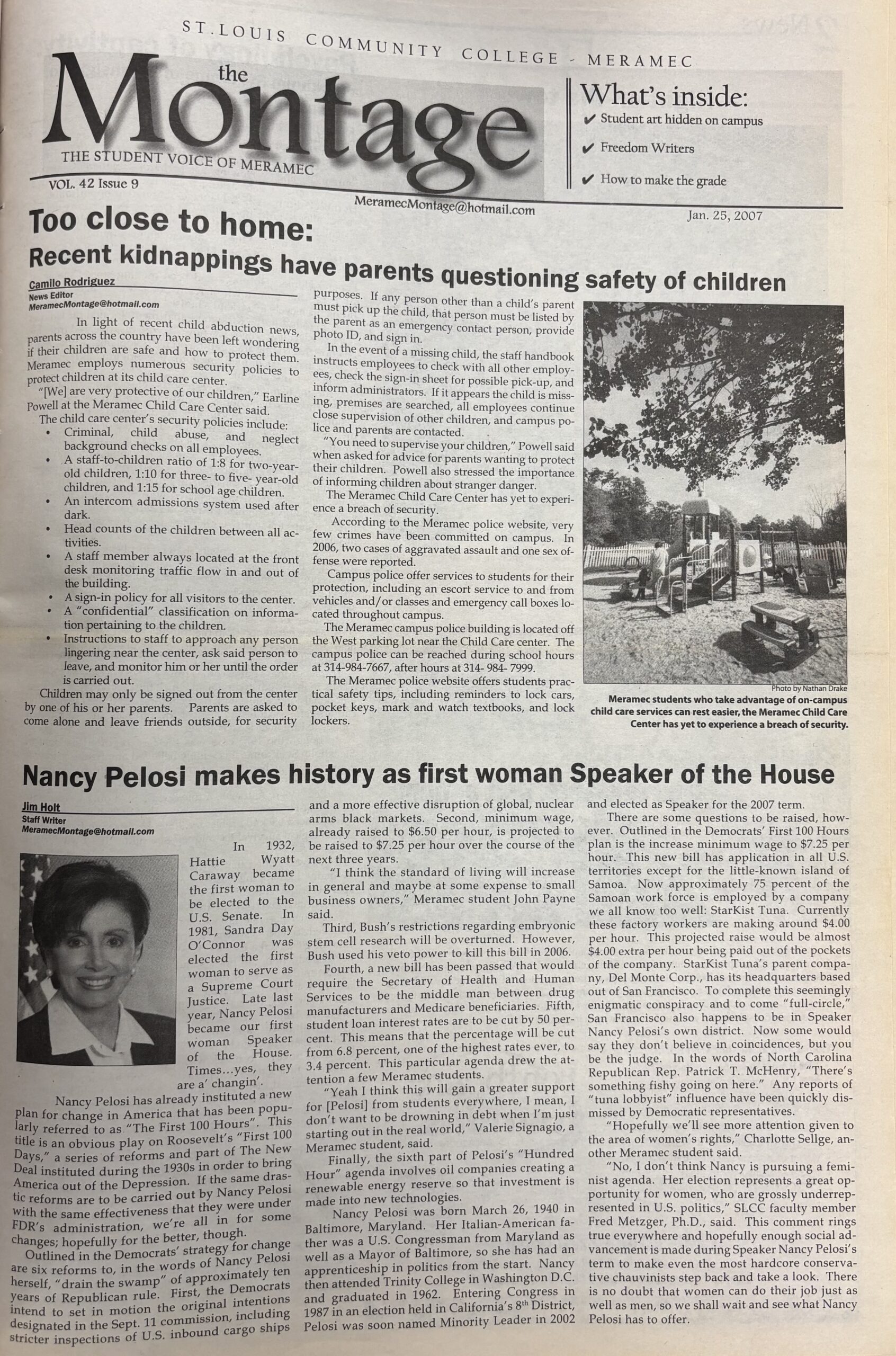Meramec housekeeper wraps up Black History Month with her collection of African art
BY : Kyah Probst
Staff Writer
During the last week of Black History Month at Meramec, students, faculty and staff were able to view a unique showcase of African art. The display, set up in the Academic Support Center, came straight 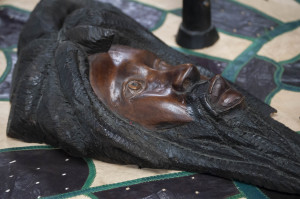
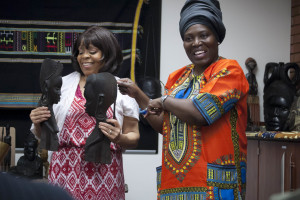
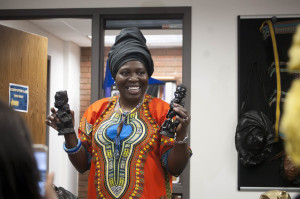
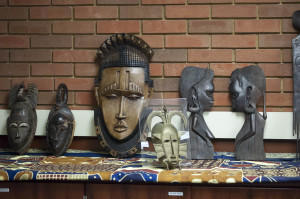 from the collection of Elaine Ransom, who has worked in STLCC’s housekeeping department for the past two years.
from the collection of Elaine Ransom, who has worked in STLCC’s housekeeping department for the past two years.
“I have over six hundred statues and masks combined,” said Ransom. “Initially I got into this just for my
own happiness.”
The vast array of African art features masks, sculptures and statues come from all over Africa—including Jamaica, Kenya, Morocco and almost a dozen other African countries. At the end of the week, students and faculty were invited to listen to Elaine discuss her collection more in depth, offering ample explanation for why and how she cultivated such a
large collection.
“I used to be depressed for years and years and years and years. I got to the point where I didn’t want to be here anymore,” said Random. “So, I needed something to look forward to. I started to study our history—our African history—and I discovered we had a rich history that they just didn’t tell us about in school. Once I started studying that history, I went natural—I took all the chemicals out of my hair and I fell in love with myself.”
Some of the collection includes two masks, called Makonde helmet masks, that African boys wear in a dance when transitioning from boys to men. The masks, made out of Ebony wood, encompass the entire head and bear the same markings on the facial areas as the boys meant to wear them.
Other art in Ransom’s display includes fertility dolls from the Ashanti tribe in Ghana, statues of the queen of Benin and her son Oba—who ruled the Benin dynasty from 1504 to 1550—and fabric from Zimbabwe. Ransom’s informative presentation was the culmination of carefully researching and divulging the history of each piece.
“It’s part of my culture. If it looks like me, then I want it—and I mean it when I say that,” said Ransom.
During Thanksgiving of last year, Ransom was presented with the opportunity of a lifetime. During her time off from Meramec, she travelled down to Cameroon and was able to experience all of the things that Africa’s culture had to offer. She described the respect she experienced from young people in Africa, the shoddy water system and the beautiful food
and culture.
“It was amazing, but it was kind of disappointing at the same time. You know how you see South Africa on TV, and how the white people live in all these big mansions and beautiful communities and the black people live in these townships? They still live like that—in some parts of Africa, and definitely in Cameroon where I was,” said Ransom. “We don’t know how good we’ve got it here.”
Elaine’s collection provided a fitting end to Black History Month with its keen insight into the rich history that Africa possesses.
“If I won the lottery and got millions of dollars,” said Ransom, “Africa is where I would go.”











